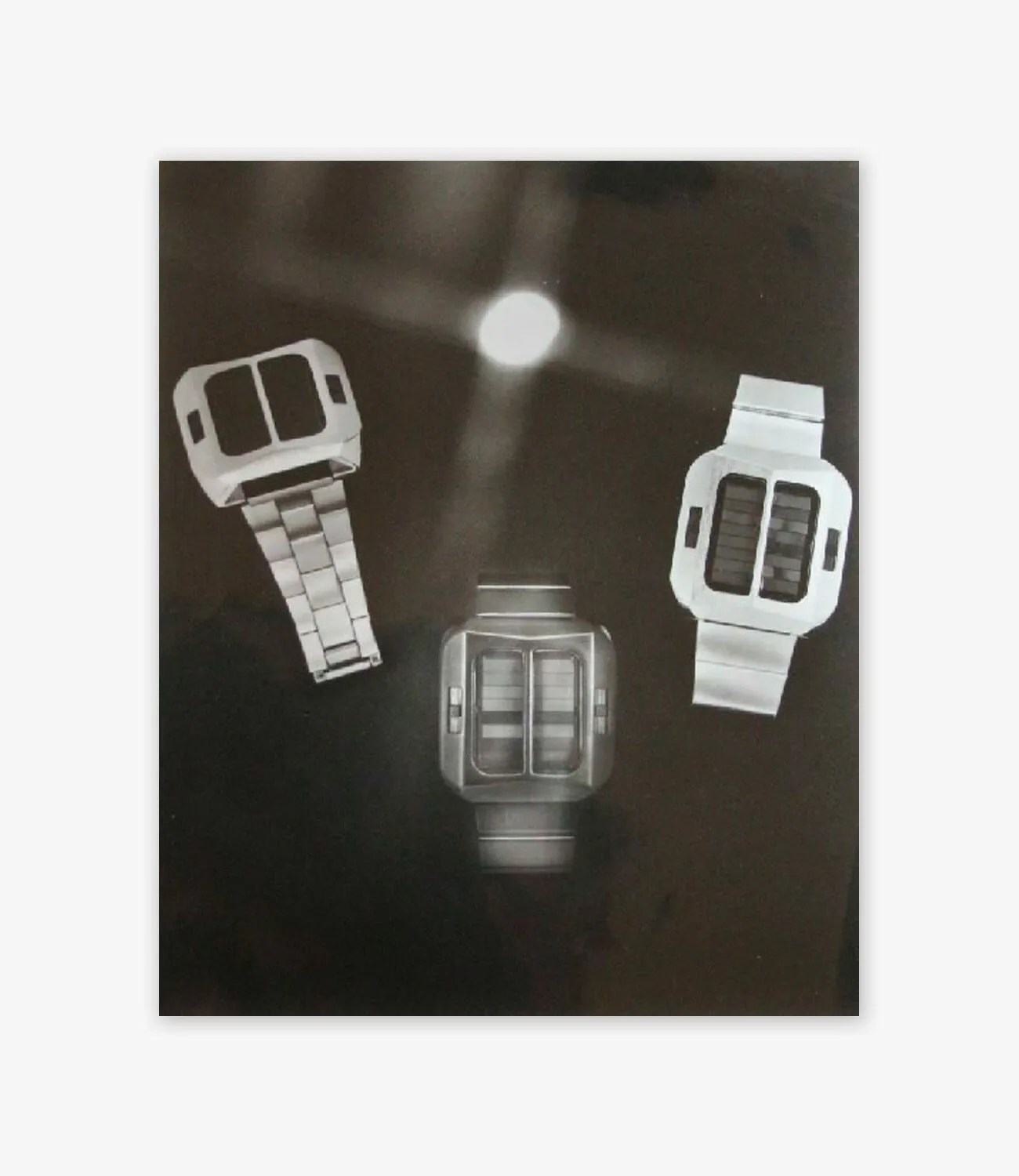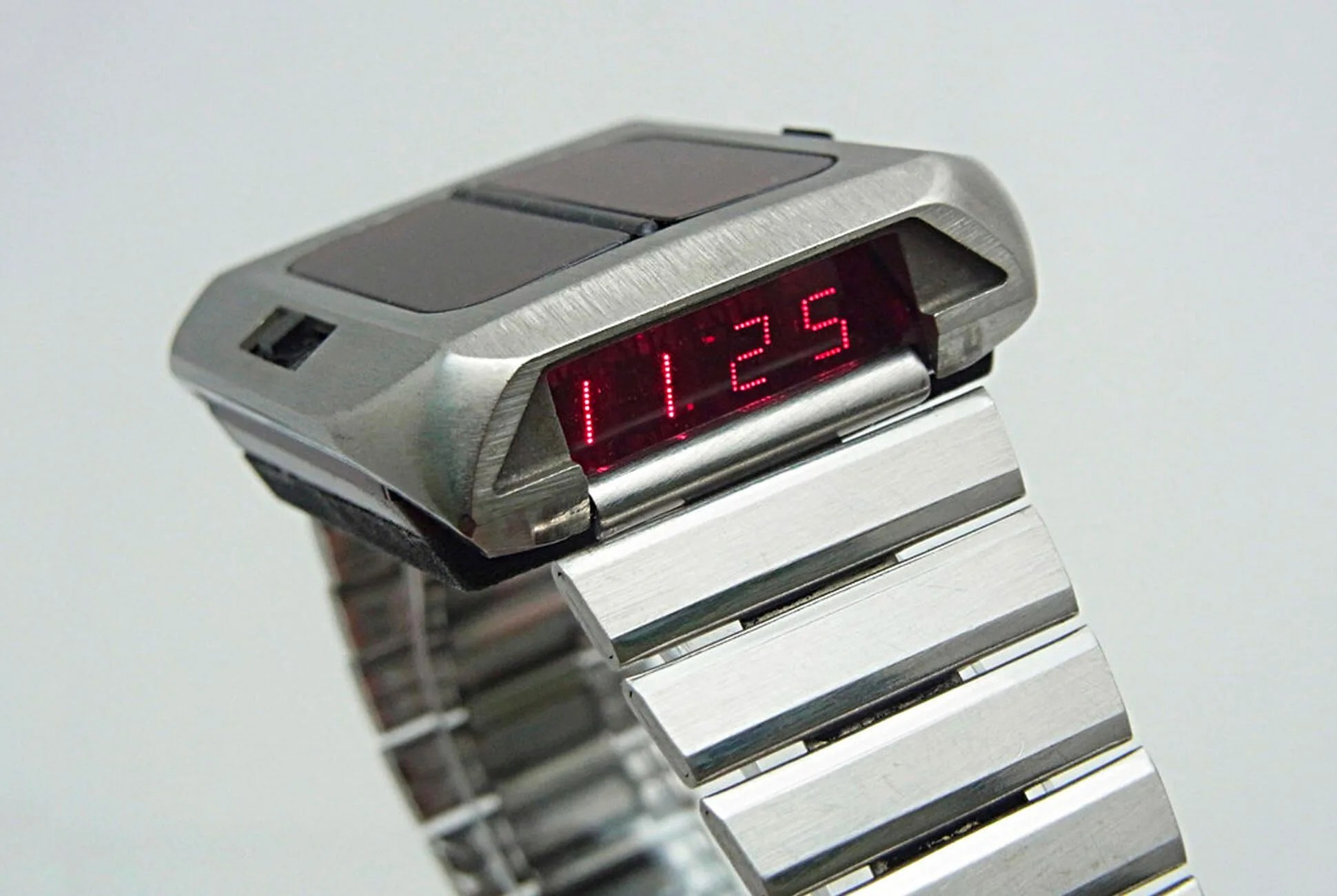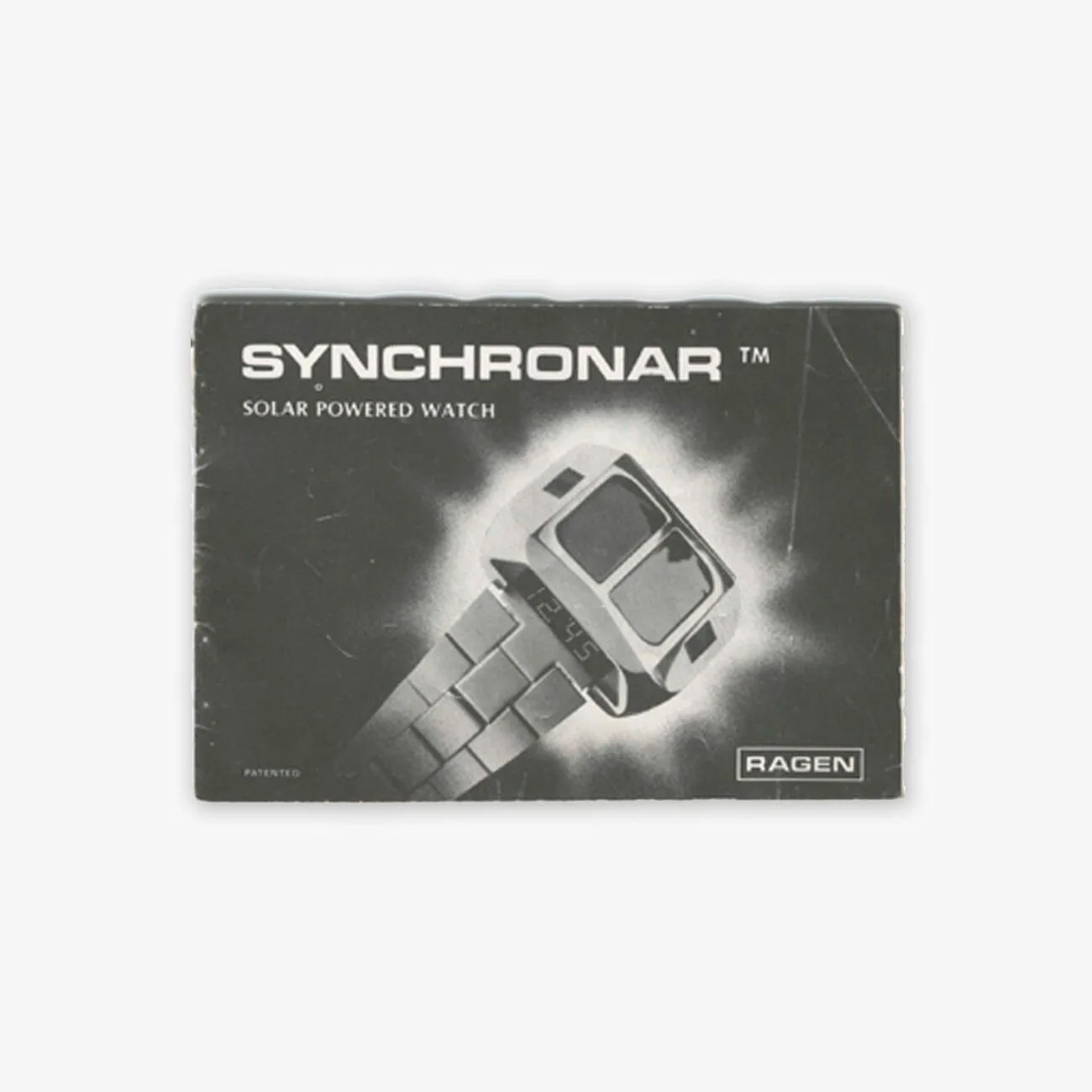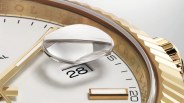Welcome back to “Watchmaking Firsts,” a column in which we highlight the origins of important technology that remains relevant for watches today.
Mass-produced by corporate watchmaking giants today, you wouldn’t likely guess the origins of the solar-powered watch: Developed by a talented American engineer out of a humble room in his house, Roger W. Riehl called his 1972 invention the Synchronar 2100. An appropriately space-age-looking thing, this innovative gadget brought together multiple fields and technologies for the first time — and it was nothing short of visionary.
Electrical clocks and solar cells were both already over a hundred years old in the early 1970s (no, we’re not counting sundials as the first solar-powered timepieces for the purposes of this article), and electronics and solar technology were both developing quickly around the mid-20th century. The first solar cells efficient enough to be practically usable came out of Bell Laboratories in the 1950s, and the first electric wristwatch was born in 1957 with the Hamilton Electric 500. Showing just how cutting-edge Riehl’s work was, the Synchronar was released the same year as Hamilton’s Pulsar, which made the claim as the first watch with a digital LED display.
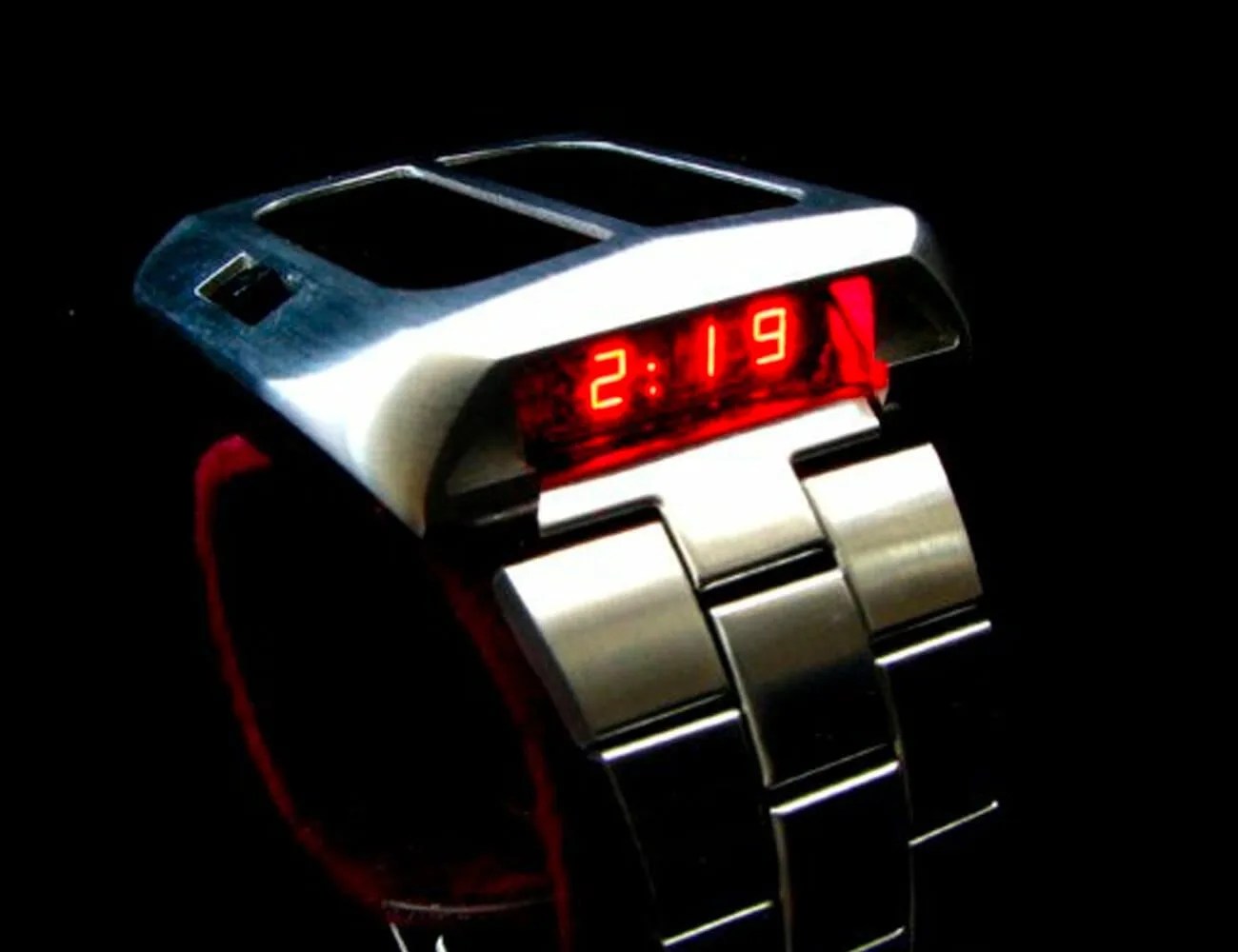
Just a couple of years before the Synchronar, Seiko introduced the world’s first quartz watch in 1969, and it would go on to revolutionize the watch industry over the following decades and converge with solar-power tech. This was already a time of some wild watch design, and it’s easy to imagine the Synchronar having been visually inspired by early seasons of Star Trek, with an angular body displaying the time in red digital LED glory on the side facing the wearer (like a “driver’s watch”). The “top” was dominated by windows to the photovoltaic cells in order to maximize light absorption.
Selling for $500 around the time of its debut, the Synchronar 2100 was most notable as the first solar-powered wristwatch, but it was more ambitious than that alone. The name Synchronar is a perfectly retro-futuristic portmanteau of “SYNchronous CHRONometer calenAR,” and “2100” refers to the perpetual calendar, programmed using an integrated circuit to be accurate until the year 2100 — Riehl chose to highlight the watch’s calendar even more than its solar-charging. The various functions and displays are all controlled by two sliders on top of the watch rather than via the more common solution of buttons.
